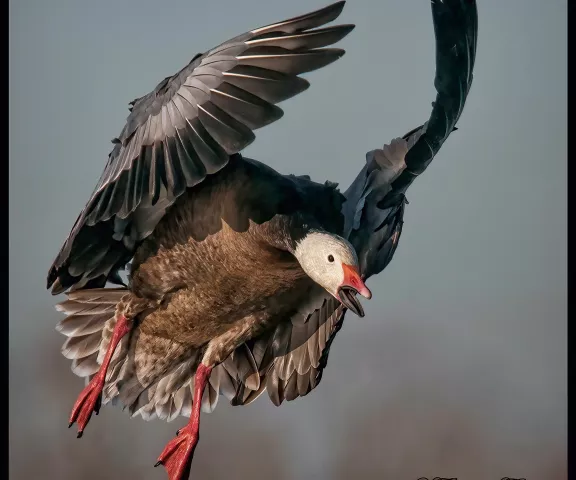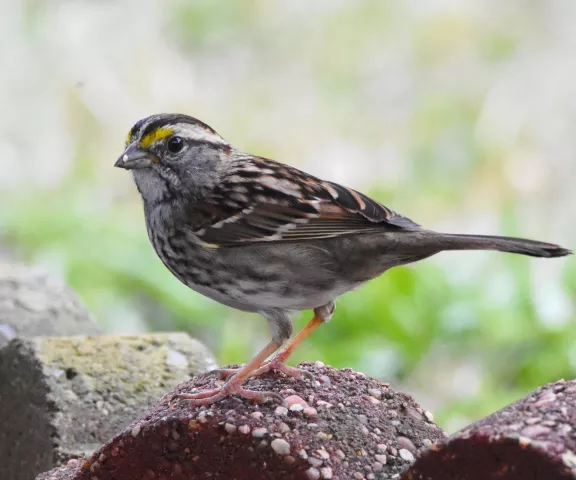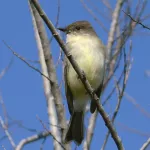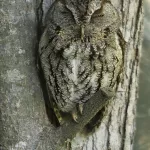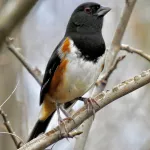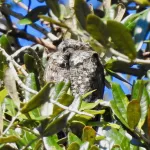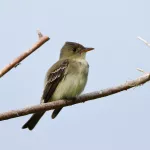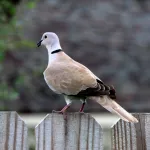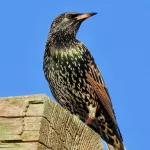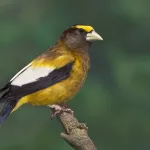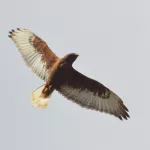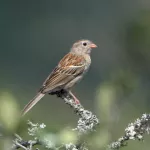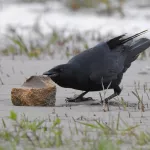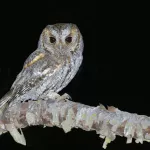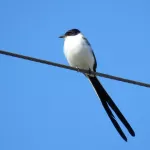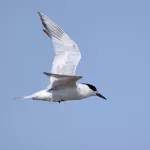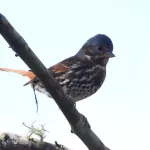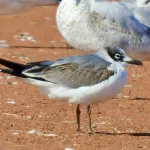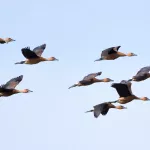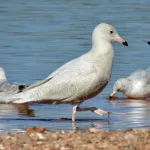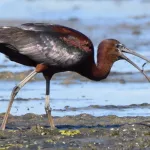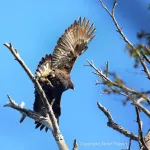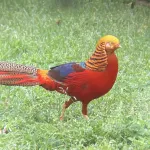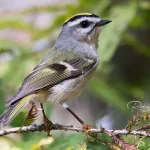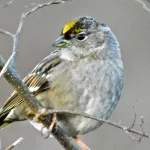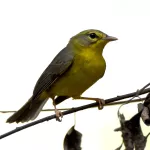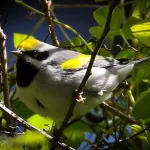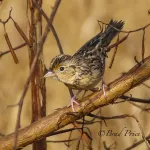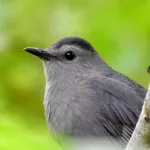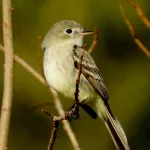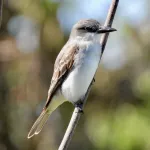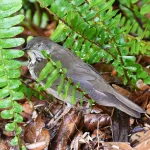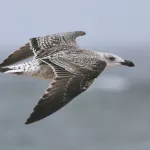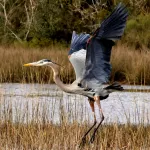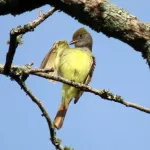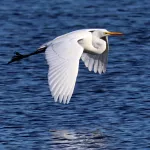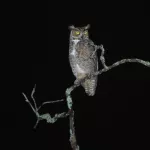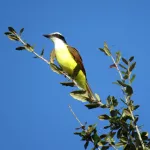For hard-core naturalists only, these are low-traffic gravel and paved farm roads, which are common throughout Louisiana. From a wildlife perspective, the viewing can be fantastic in these artificial, yet very productive aquatic agricultural habitats.
Shaggy/brushy, wet agricultural areas are havens for many bird groups. Regardless of season, there are always birds to be seen. Fall, winter, and spring bring in massive communities of migratory and overwintering waterfowl, seabirds, shorebirds, gallinules, coots, rails, wading birds, raptors, wrens, sparrows, and others. During the summer season, the bird action remains surprisingly good, with nesting Mottled Ducks, Black-necked Stilts, and Purple Gallinules, along with 14 wading bird species, including Roseate Spoonbill and three species of Ibis. Common nesting songbirds include Blue Grosbeak, Indigo and Painted Buntings, and Dickcissel. Wood Storks faithfully visit every summer as well. Species recorded from this small chunk of associated agricultural land total 154.
Birding is strictly via roadside, more often than not with spotting scope/tripod to peer deeply into the surrounding irrigation canals, crawfish ponds, rice fields, and pastures. Road shoulders are generally wide enough in most places to pull over to allow farm traffic to pass by.
Be forewarned that this isolated agricultural site is far from any amenities–even basic ones such as parking access and restrooms. The nearest location for amenities is at Palmetto Island State Park.
